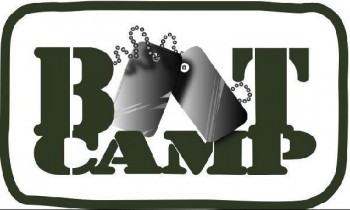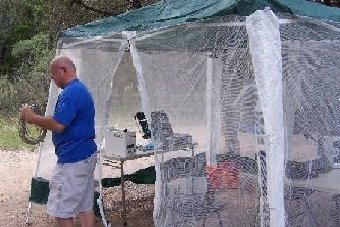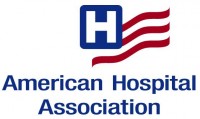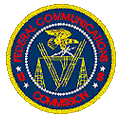(Karnes County) The Otto Kaiser Memorial Hospital in Kenedy, Texas, has contacted us asking for help in joining the 21st century of ham radio communications. 🙂 I put them in touch with the ARES leaders for that district (Karnes County) and some others. Ongoing discussion is starting up to cover a NDMS drill on the morning of September 20th. The problem is that there are only about 10 hams licensed in that immediate area, with 2 of them (husband / wife) being registered hams and over the road truck drivers.
The hospital has a Kenwood dual band TM-D700 mobile radio that they are in the process of moving to a new location within the hospital. They also want to establish HF Packet / Winlink capabilities. Help with designing the antenna system and equipment will likely be needed. I’m presuming the hospital is willing to budget for the equipment, but you know that presuming can be dangerous at times.
The latest word that I received (yesterday) was that the hospital would like someone to teach a class for some of their hospital employees and area volunteers to create a new batch of hams. Of course, using HF would require a ham license of at least General class.
If you would like to help, please email me at info@sanantoniohams.org with the words “Karnes County” in the subject line. I’ll forward your information to John Taylor KE5HAM (STXARES District 10 DEC) in Victoria.

 SITE SURVEY – An Important Detail For Longer-Term (over a day) Emergency Communications Deployment
SITE SURVEY – An Important Detail For Longer-Term (over a day) Emergency Communications Deployment Threat Assessment –
Threat Assessment –
 On March 3, the FCC issued a Public Notice —
On March 3, the FCC issued a Public Notice —